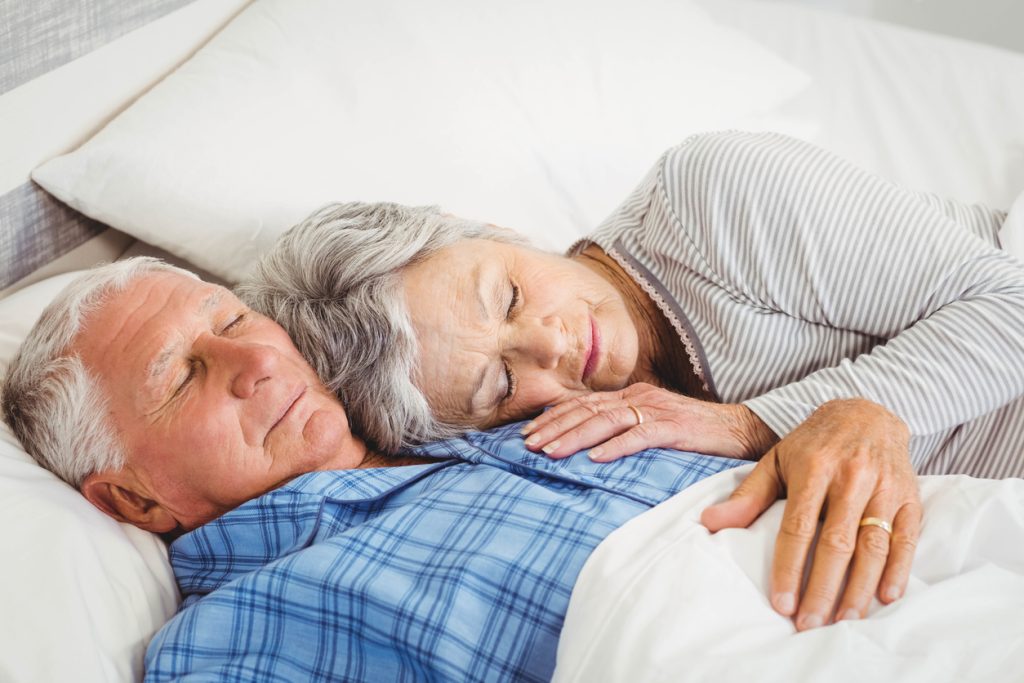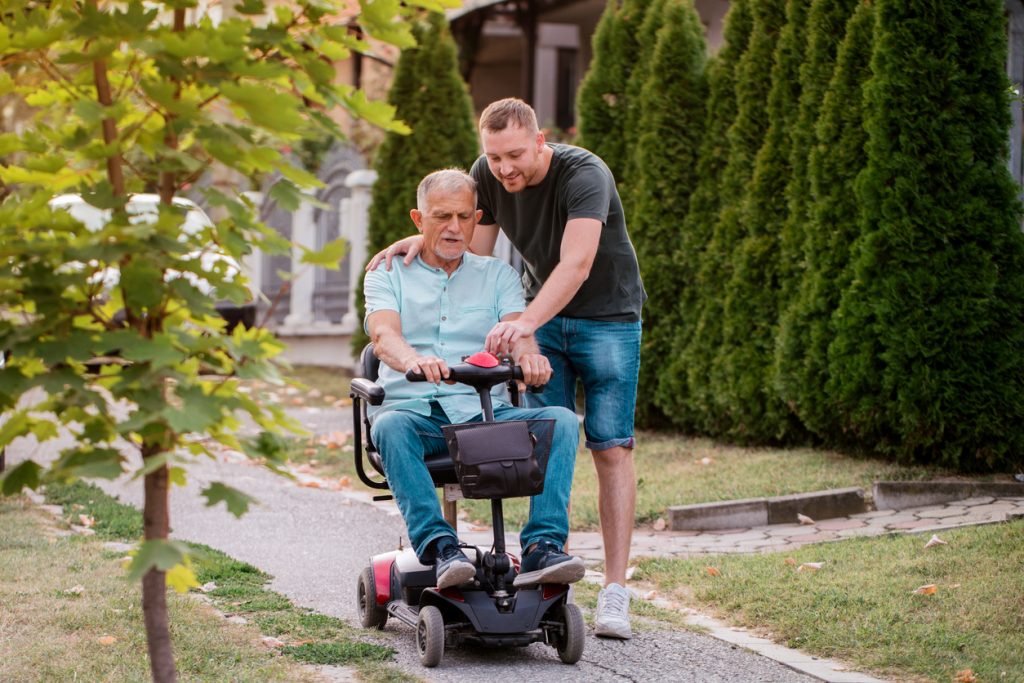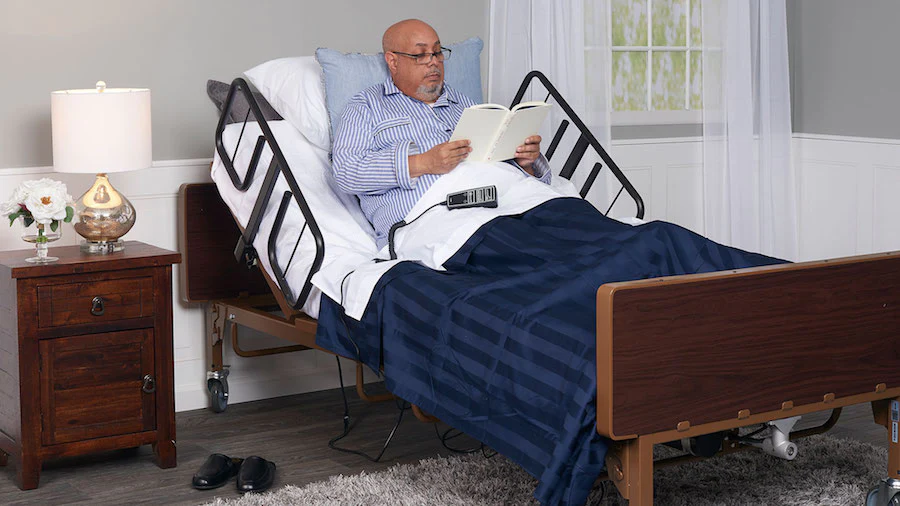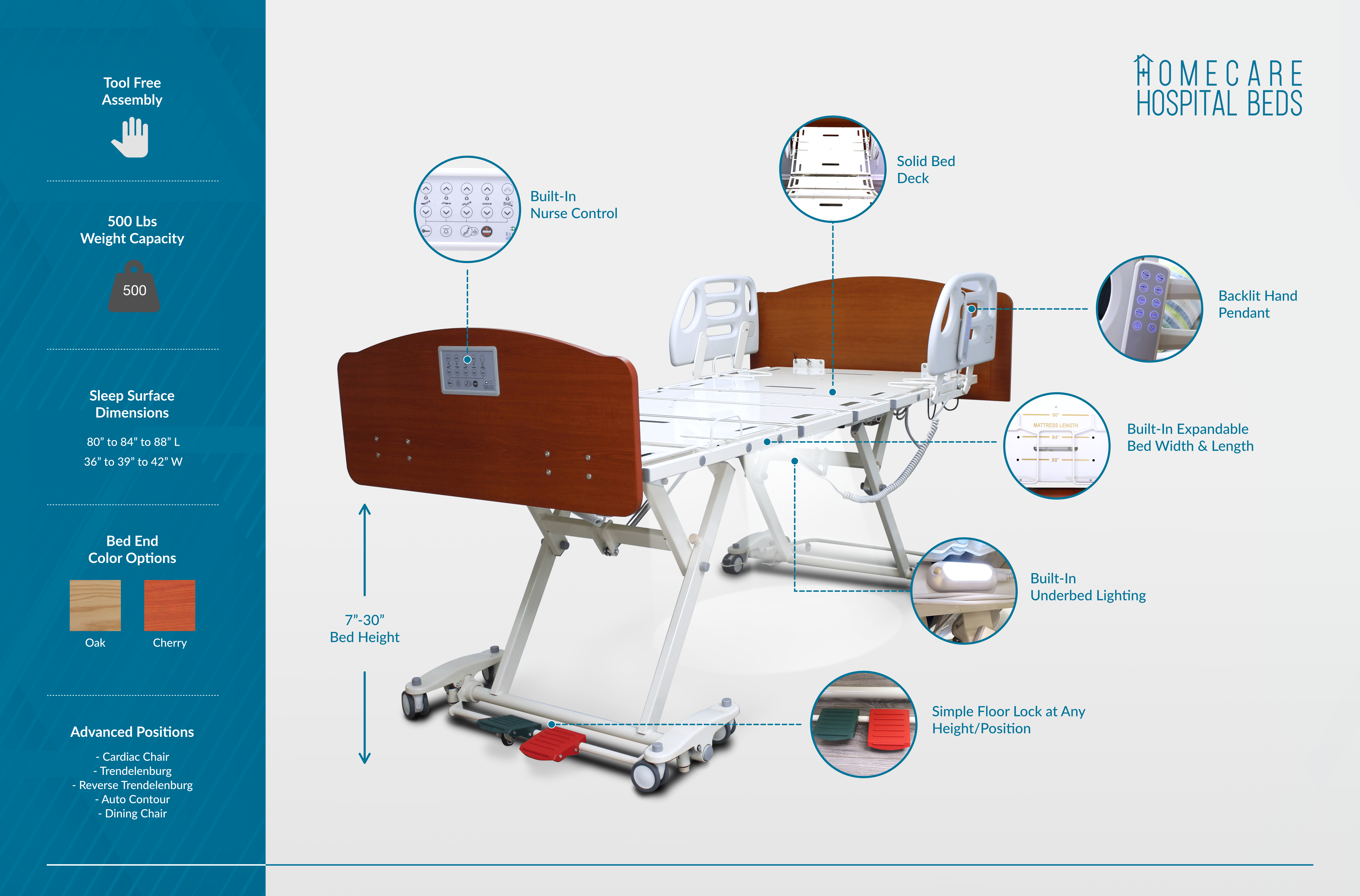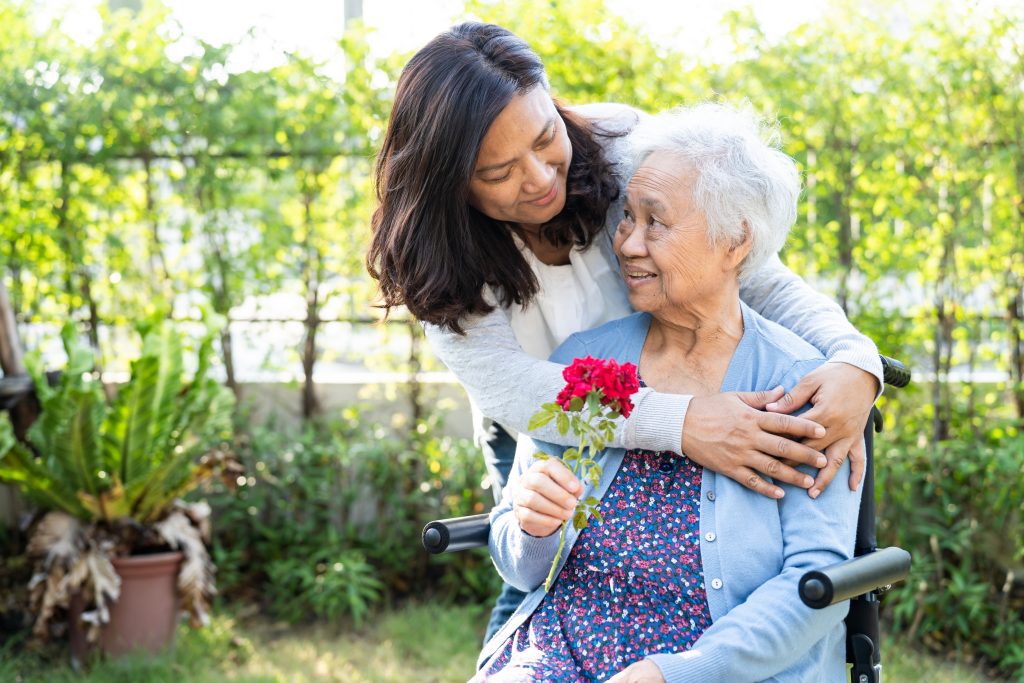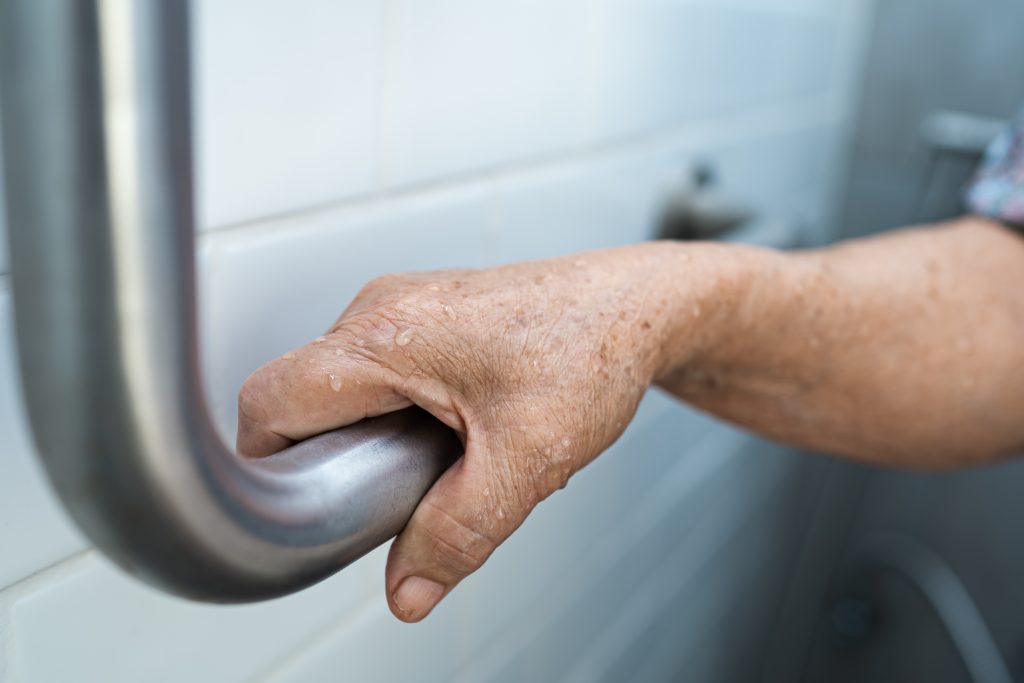Restoring Dignity and Comfort: The Importance of Incontinence Mattresses for Seniors
Aging is a natural part of life, and as we grow older, certain health challenges become more common. One of these challenges is incontinence, a condition where individuals have difficulty controlling their bladder or bowel movements. For elderly adults, incontinence can lead to feelings of embarrassment, discomfort, and loss of independence. Incontinence mattresses, specifically designed to address these issues, play a vital role in enhancing the quality of life for seniors facing this condition. In this blog, we will explore the importance of incontinence mattresses and how they can make a significant difference in the lives of elderly individuals.
Promoting Dignity and Emotional Well-being
Incontinence can take a toll on the emotional well-being of elderly adults. The loss of control over bodily functions can be distressing and may lead to feelings of shame and embarrassment. Incontinence mattresses are designed with absorbent materials that prevent leaks and ensure dryness throughout the night. By safeguarding against accidents, these mattresses promote dignity and self-esteem, allowing seniors to maintain their sense of pride and emotional well-being.
Preventing Skin Irritation and Bedsores
Prolonged exposure to moisture from incontinence can lead to skin irritation and even painful bedsores. The elderly are particularly vulnerable to these issues due to their often fragile skin. Incontinence mattresses are equipped with specialized fabrics and moisture-wicking properties that keep the skin dry and reduce the risk of skin-related complications. These mattresses also allow for better airflow, which further minimizes the risk of bedsores and discomfort for seniors who spend extended periods in bed.
Managing Infection Risk
Incontinence can increase the risk of urinary tract infections (UTIs) and other infections in elderly adults. When urine or feces come into contact with the skin for an extended period, bacteria can proliferate, leading to potential health complications. Incontinence mattresses help to reduce the risk of infection by keeping the sleeping environment dry and hygienic. This contributes to the overall health and well-being of elderly individuals and helps prevent unnecessary hospitalizations.
Maintaining Sleep Quality
Adequate sleep is crucial for maintaining good physical and mental health. Unfortunately, incontinence can disrupt sleep patterns, leading to fragmented and restless nights for both elderly individuals and their caregivers. Incontinence mattresses ensure a comfortable and dry sleeping surface, allowing seniors to rest better and enjoy more restorative sleep. Improved sleep quality can result in enhanced cognitive function, mood, and overall quality of life.
HomeCare Hospital Beds offers SaniSnooze™ mattresses which are designed to provide ultimate comfort and protection from incontinence and bedwetting issues. The Cloud Bedwetting & Incontinence Mattress by SaniSnooze is a customer favorite among adults and those experiencing long-term incontinence. SaniSnooze™ waterproof mattresses make cleaning nighttime accidents quick and easy so your elderly loved one experiences better sleep and relief.
Shop SaniSnooze™ mattresses here
Supporting Caregivers
Incontinence management can be physically and emotionally demanding for caregivers, particularly family members looking after elderly loved ones. Incontinence mattresses play a pivotal role in supporting caregivers by reducing the workload associated with frequent bedding changes and cleanup. The convenience and efficiency of these mattresses allow caregivers to focus on providing compassionate care and spend quality time with their elderly family members.
Final Thoughts
Incontinence is a common issue affecting many elderly adults, but with the use of specialized incontinence mattresses, its impact can be significantly minimized. These mattresses provide comfort, dignity, and practical benefits that enhance the overall quality of life for seniors facing incontinence challenges. By promoting better sleep, preventing skin irritation and infections, and supporting both elderly individuals and their caregivers, incontinence mattresses prove to be an invaluable tool in senior care.
**The information on this site is not intended or implied to be a substitute for professional medical advice. If you are having a severe and sudden change in physical or mental health, please call 911, contact a local emergency facility or consult with your doctor. Always seek the advice of your physician or other qualified healthcare provider, and never disregard the advice given because of information you have received from our website.**








 Sign In
Sign In Contact Us
Contact Us